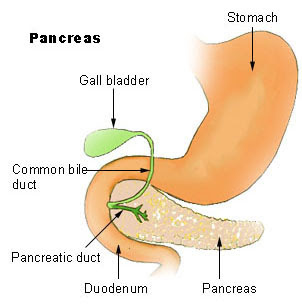Stomach Cancer as seen thru an OGDS
The risk factors for stomach cancer include:
-H.Pylori infection
-smoked food
-preservatives/high salt diet
-smoking/alcohol consumption
-pernicious anaemia
-previous gastrectomy (stomach surgery)
-stomach polyps
-genetics: blood group A, hypogammaglobulinaemia
Patients who have stomach cancer may present with:
-upper abdominal pain
-loss of weight
-loss of appetite
-early satiety
-persistent vomiting
-vomiting blood (haematemesis)
-passing blackish stools (malaena)
-symptoms of gastritis such as dyspepsia, belching
Or they may be asymptomatic.
To confirm the diagnosis, an Oesophago-Gastro-Duodeno-Scopy (OGDS/EGDS) should be done. The OGDS will be able to visualise the tumour and assess the size and also stop any bleeding. A biopsy from the tumour can be obtained with the OGDS to confirm the diagnosis.
To properly assess the extent of spread of the cancer, the patient should undergo a CT-scan or MRI or PET scan. Endoscopic ultrasound is able to assess the depth of the tumour. And staging Laparoscopy will be able to properly stage the cancer and assess for peritoneal deposits.
Fungating Stomach cancer noted in a resected specimen
The cure for stomach cancer is surgery. A subtotal or total gastrectomy (surgical excision of the stomach) can be done. The type of surgery will depend on the stage of the cancer and also the patient's fitness for surgery. Curative surgery (D2 classification) includes surgical excision of the stomach with a clear micro & macroscopic margin, removal of lymph nodes one level beyond those involved & removal of the omentum, spleen and distal pancreas.
Currently, based on the MAGIC Trial, a 3 cycle neoadjuvant (pre-operative) chemotherapy is recommended followed by surgery and another 3 cycles post-surgery. This has been shown to downstage the cancer, improve resectability and improve overall survival for the patient.










